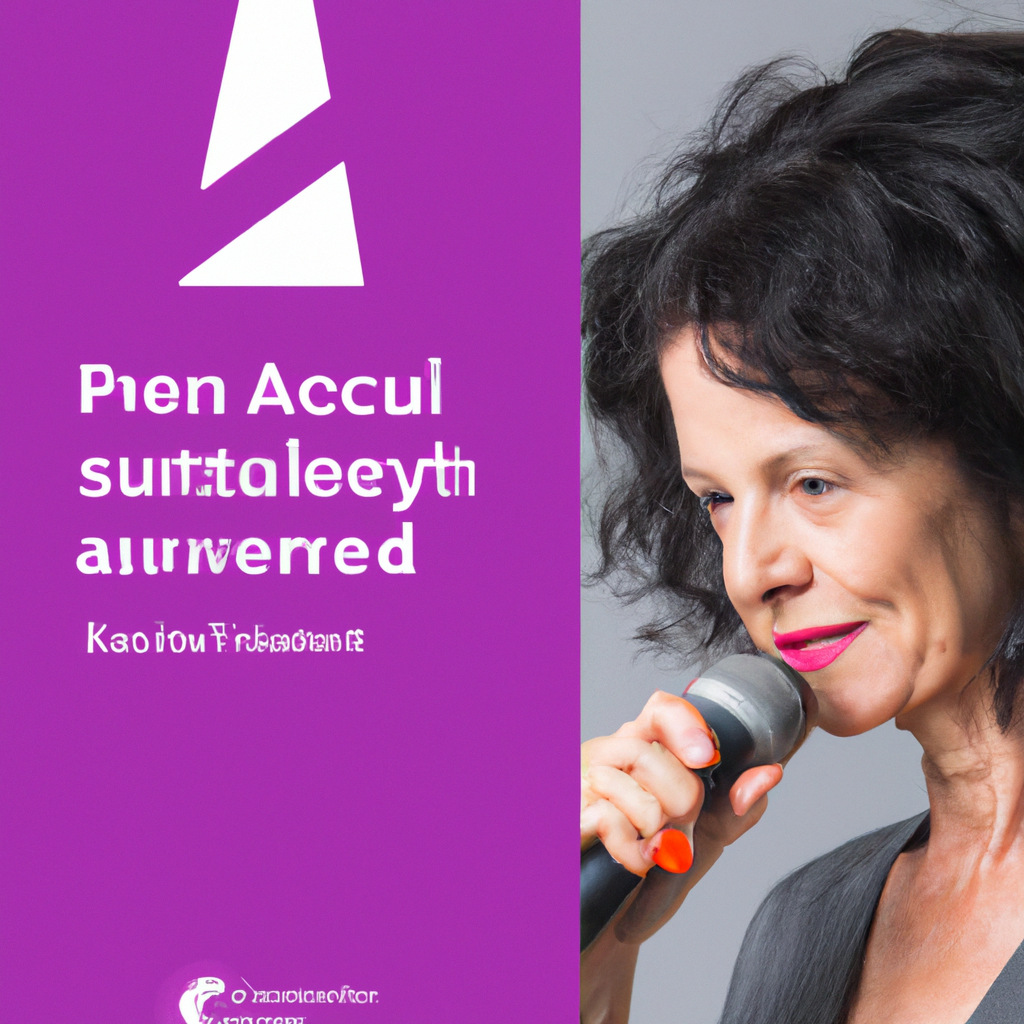
In a brazen stroke that riveted the art community, an unnamed artist recently affixed the hashtag #MeToo to Gustave Courbet's controversial masterpiece, L'Origine du monde (The Origin of the World), at a prominent New York gallery. This notorious act transcends mere vandalism, articulating a piercing commentary on gender and power dynamics within the realms of classical and contemporary art.
The protest didn't stop at Courbet's 1866 painting, renowned for its candid and unapologetic portrayal of female sexuality. The renegade artist extended their charged statement to notable works by feminist stalwarts—Valie Export, Louise Bourgeois, and Rosmarie Trockel—linking historical and present-day dialogues on female autonomy and artistic expression. Each piece, united by the artist's provocative hashtag, challenges the viewer to reconsider the portrayal of women through the ages and the ongoing societal struggles for gender equality.
The selected pieces by Export, Bourgeois, and Trockel themselves serve as critical commentaries on the body, identity, and the socio-political issues surrounding women. By tagging these artworks, the artist perhaps suggests a continuity of message—a lineage of defiance that spans generations and geographies. Yet, this act of tagging also raises crucial questions about the sanctity of art and the boundaries of protest. Is the alteration of an artwork an act of desecration, or can it be a legitimate form of dialogue?
As the details of this controversial incident continue to unfold, the New York art scene finds itself at a critical junctly. This episode not only sparks a renewed scrutiny of feminist themes in art but also ignites a broader conversation on how such protests might reshape the interaction between historical works and contemporary movements.
The confrontation at the gallery propels us to confront uncomfortable truths about art's role in society. Does it merely reflect prevailing values, or does it have the power to change them? And to what extent should artists and institutions uphold the original integrity of an artwork while embracing progressive dialogues?
As the city with a throbbing heart for artistic innovation and cultural discourse, New York becomes once again the stage where new definitions of art and activism are imagined, contested, and perhaps, redefined.